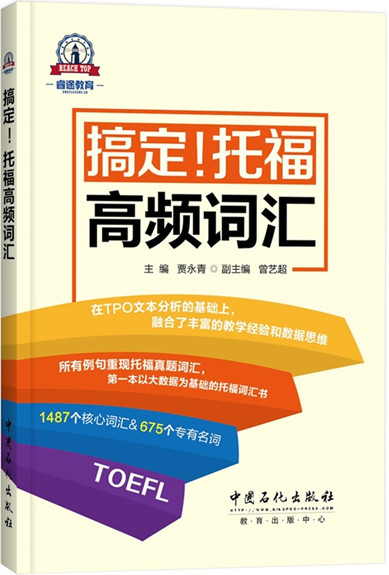2017�и�100ƪ��x����ԇ�}����ʮ�ˣ�
2017�и�100ƪ��x����ԇ�}����ʮ�ˣ�
����The many part of the earth��s atmosphere are linked with the various parts of the earth��s surface to produce a whole---the climate system. Different parts of the earth��s surface react to the energy of the sun in different ways. For example, ice and snow reflect much of it. Land surfaces absorb solar energy and heat up rapidly. Oceans store the energy without experiencing a significant temperature rise. Thus, the different types of surfaces transfer heat into the atmosphere at different rates.
����We can view climate as existing in three domains: space, time, and human perception. In the domain of space, we can study local, regional, and global climates. In time, we can look at the climate for a year, a decade, a millennium, and so forth. Finally, we depend on our perceptions of the data, so we must include our own human perception into our model. Human perception must be included if our understanding of climatic processes is to be translated into societal actions. As a society, we make informed choices about how to use the beneficial effects of climate, such as deciding when and where to plant crops. We also make choices about how to minimize the harmful effects of climate---storms, blizzards, and droughts.
����1.Why does the author discuss different parts of the earth��s surface in paragraph 1?
����A.To explain why humans live in some parts but not in others
����B.To show that the entire earth is made of the same materials
����C.To compare how various surfaces transfer heat into the atmosphere
����D.To describe changes in the earth��s appearance throughout the year.
����2.According to the author, why must we include human perception in our study of climate?
����A.We must interpret data and take actions related to climate
����B.We must create an interesting model of the climate system
����C.We must develop an understanding of our environment
����D.We must change our traditional ways of studying climate.
����(˼��)3. Read the sentence below and write an essay which will have a minimum of 100 words.
����Our understanding of climatic processes is to be translated into societal actions.
�����𰸣�
����1.C���� 2.A





